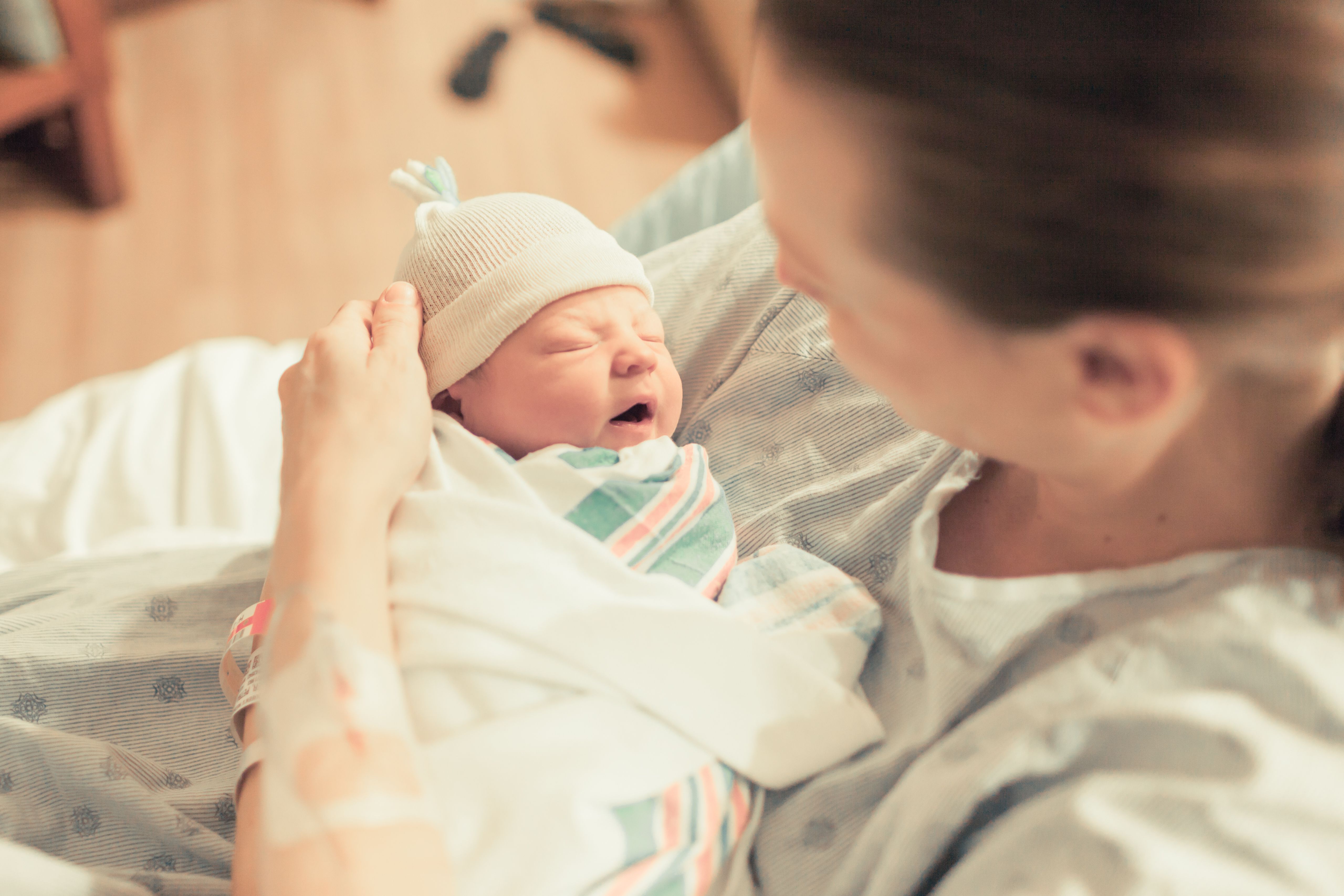Video
Renee Murray on Camden Coalition's Relationships With Homeless Population
When working with a homeless population, the Camden Coalition has learned that they need to establish open lines of communication, build a sense of trust, and follow through on their promises to patients, according to Renee Murray, associate clinical director of Care Management Initiatives at Camden Coalition. Often times these patients have more urgent priorities or may not believe that the Camden Coalition team is actually dedicated to working with them.
When working with a homeless population, the Camden Coalition has learned that they need to establish open lines of communication, build a sense of trust, and follow through on their promises to patients, according to Renee Murray, associate clinical director of Care Management Initiatives at Camden Coalition. Often times, these patients have more urgent priorities or may not believe that the Camden Coalition team is actually dedicated to working with them.
Transcript (slightly modified)
How does Camden Coalition reach and care for homeless patients as part of the Care Management Initiative?
Early on in our work, we were having difficulty, the patient would be discharged from the hospital—we meet them at the bedside and establish a relationship, often establish, when you get discharged we’re going to meet you at New Vision Shelter or at McDonald’s at this day, at this time, and the time would come to meet them and we couldn’t find them. Rightfully so, they have a lot of stuff going on and meeting us probably wasn’t a priority at that time of their life. Maybe where their next meal is or where they’re going to sleep that night takes a little bit of priority—understandable, right? And we were really having trouble pinning down that population.
So we pushed some work upstream, and we got a Verizon contract that allowed us to distribute phones, which really made a huge shift in being able to stay in communication with the population that was experiencing homelessness. For them to be able, in real time, text us and say hey, I’m getting discharged from the hospital right now, or I want to meet you here. Just having that open communication has allowed us to build our relationship, a consistent relationship with them.
But with that being said, that is a challenge. That is a barrier because, like I said, sometimes their priority isn’t meeting us, it’s other things that they need to have met in their life. But that’s a challenge.
Another challenge is, often times when you’re working with this population, there’s a lot of trust that might be missing from years and years of, whether it’s childhood trauma, abandonment, or distrust in the healthcare system, maybe they had poor experiences. Sometimes we’re engaging people very intimately and personally, they might be a little standoffish at first, or they might be testing us at first, to say, what you’re saying, are you really going to follow through and do these things with me? Not for me, but with me. You’re saying you can help me get housing. You know how many people have told me that before, what makes you different?
So sometimes with this population and the work that we’re doing, we get met with some resistance. We really have to maintain and establish that trusting relationship.

Navigating Sport-Related Neurospine Injuries, Surgery, and Managed Care




